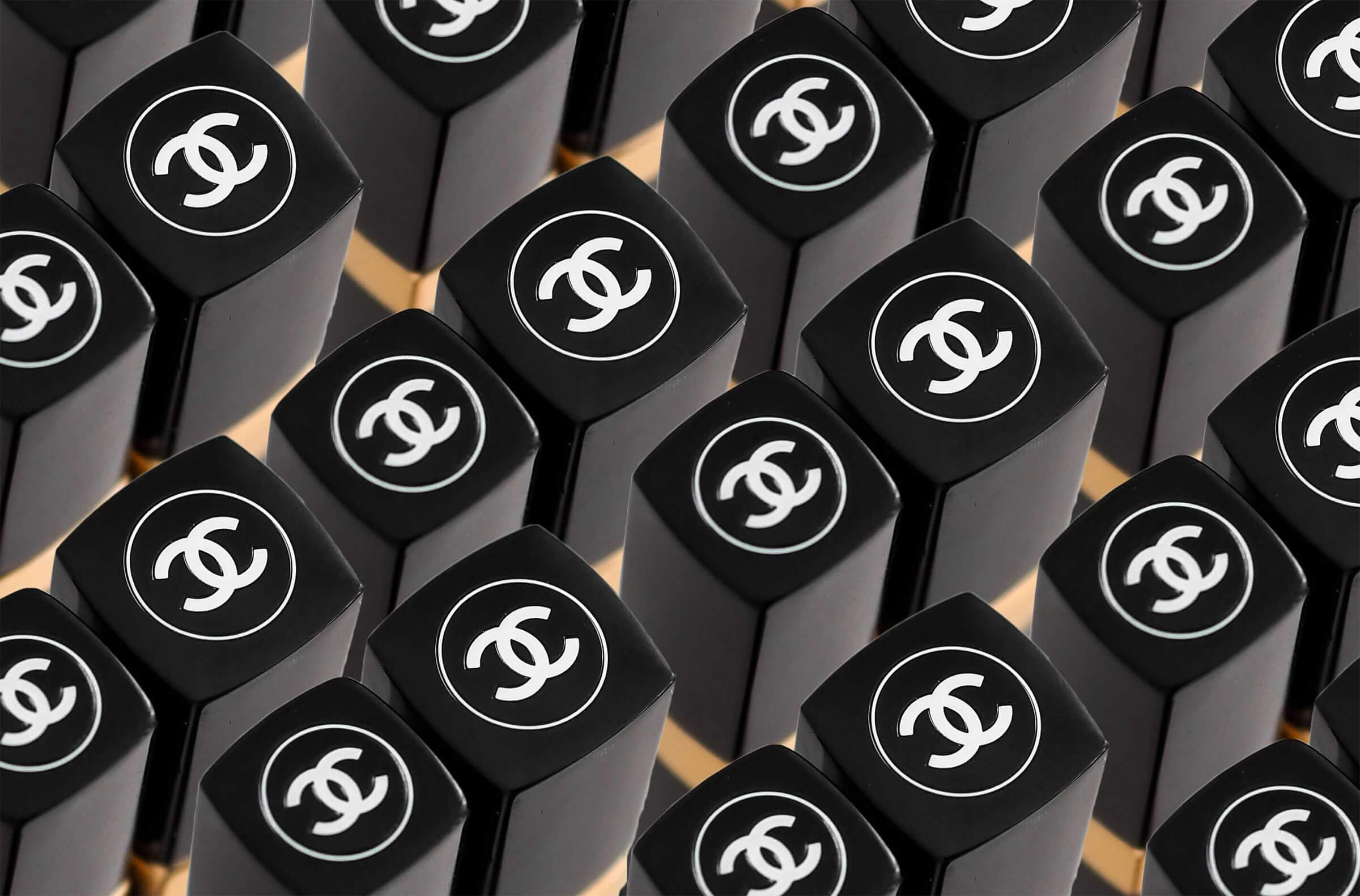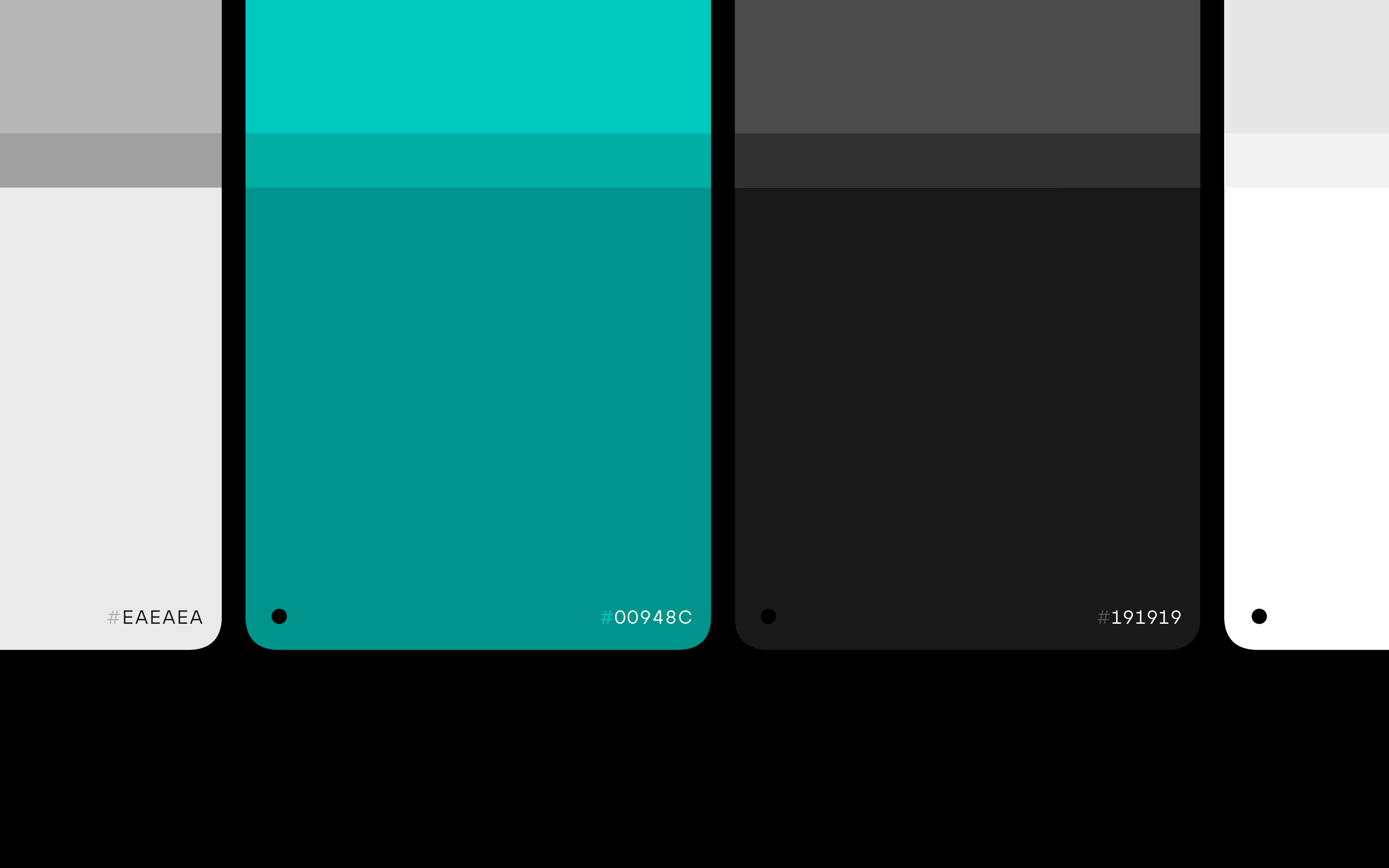
What are luxury branding dos and don’ts? Without being too strict, there are some areas of attention that you should consider when approaching a luxury project.
Luxury brands are not created overnight, or are they? If you are either managing or launching a luxury brand, there are some branding dos and don’ts that you should respect, something that makes them stand apart from regular, everyday brands.
#1: Do Create Mystery
Luxury branding is all about scarcity, but that doesn’t only mean physical scarcity. Keeping some information from your audience and releasing it at your own pace is usually a good idea. Creating some form of mystery around the brand can make it interesting and set up a long term narrative.
Mystery, after all, is one of the keys to seduction and thus essential to luxury brands.
#2: Do Look at the Cultural Vanguard
Luxury brands today should be at the forefront of cultural innovation. This wasn’t always the case, as many luxury brands have long been sitting comfortably in their own heritage. But luxury branding today is different.
Think about brands like Gucci or Balenciaga, constantly exploring new trends and opportunities. Taking inspiration from the cultural vanguard is a constant effort and it should become part of the brand inspiration process. This can either impact how products are designed and created or how these are communicated.
#3: Do Have a Story to Tell
Luxury branding is stronger when the brand has a story to tell: anyone who has been paying attention to luxury lately will know how great brands can weave fascinating narratives.
It can either be a true narrative about the origins of the brand (like the story of the founder, the designer or the craftsmen) or complete fiction. In this case, it should be openly presented as such, so that your audience can engage with it.

#4: Don’t State the Obvious
It can sound like obvious (yes) advice, but sometimes we end up overexplaining what we do and who we are. This is especially damaging in luxury branding, where information minimalism is key: we should only convey what is essential and potentially new and surprising, leaving the rest to the understanding of our audience.
It’s better not to be fully understood than to be boring.
#5: Don’t Conform
In branding, it’s sometimes useful to look at the leader for inspiration. In luxury branding, though, coming second is of little use. Rather than conforming to some supposedly established practices, you should try and create your own, totally unexpected approach.
Luxury audiences are on the constant lookout for new things and you want to be that new thing rather than the echo of something they already know.
#6: Don’t Fake Heritage
As some of the most renowned luxury brands in the world have a rich heritage, newcomers can sometimes be tempted to just fake it.
This is a mass market practice: think of Massimo Dutti, a spanish brand (from the Inditex Group) faking an Italian identity. It appeals to a mass audience, but it has no credibility on the luxury market.
What brands like this create is an experience of “simulated luxury” with non-luxury products. You want to be careful choosing this path, as it might disqualify even a luxury product.
Create something truly unseen
Undertaking a luxury branding project can be scary, but it shouldn’t: it actually gives you a greater freedom to create and innovate, as long as you remember to be honest, brave, transparent and most importantly not boring.
READ MORE ON
How We Choose Brand Colors for Impact
Choosing brand colors is never easy. But it helps to have a rough idea of why you are picking one over another.
Why Our Branding Agency is Called Sublimio
What’s in a name? More exactly, what’s in our name? Well, probably more than you think. Here’s where it comes from.
How We Do Brand Typography for Strong Brands
Brand typography can be seen as a detail, but it’s the living spirit of a brand. This is how we do it at Sublimio.
Giving the Brand a Body: How We Do Visual Identity
Designing a visual identity means creating a whole world. So where do you start and, most importantly, where do you stop?










